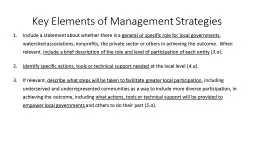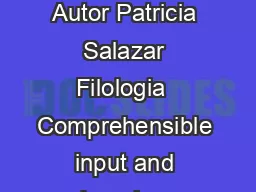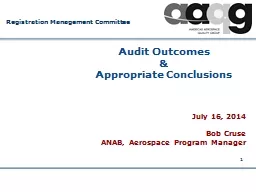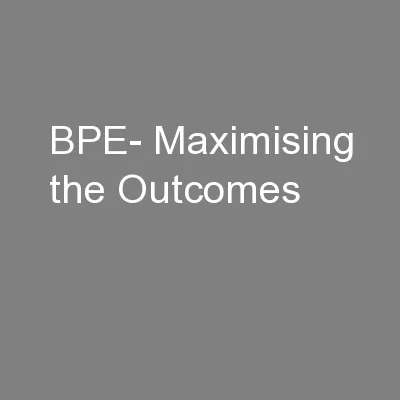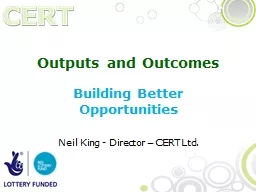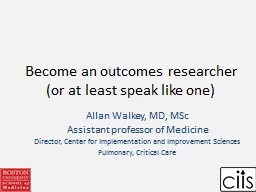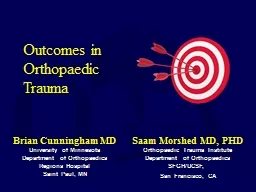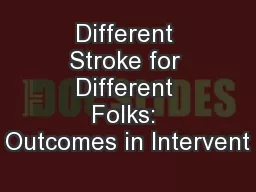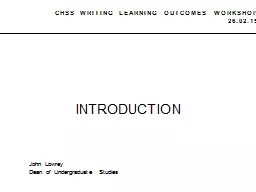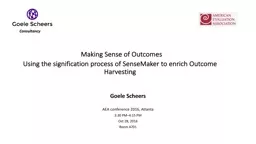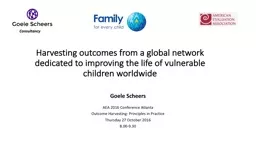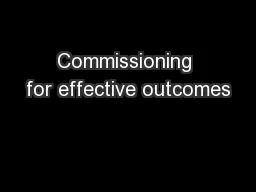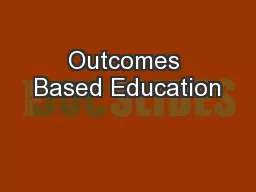PPT-LGAC Input on Outcomes
Author : celsa-spraggs | Published Date : 2017-11-07
Key Elements of Management Strategies Include a statement about whether there is a general or specific role for local governments watershed associations nonprofits
Presentation Embed Code
Download Presentation
Download Presentation The PPT/PDF document "LGAC Input on Outcomes" is the property of its rightful owner. Permission is granted to download and print the materials on this website for personal, non-commercial use only, and to display it on your personal computer provided you do not modify the materials and that you retain all copyright notices contained in the materials. By downloading content from our website, you accept the terms of this agreement.
LGAC Input on Outcomes: Transcript
Download Rules Of Document
"LGAC Input on Outcomes"The content belongs to its owner. You may download and print it for personal use, without modification, and keep all copyright notices. By downloading, you agree to these terms.
Related Documents

